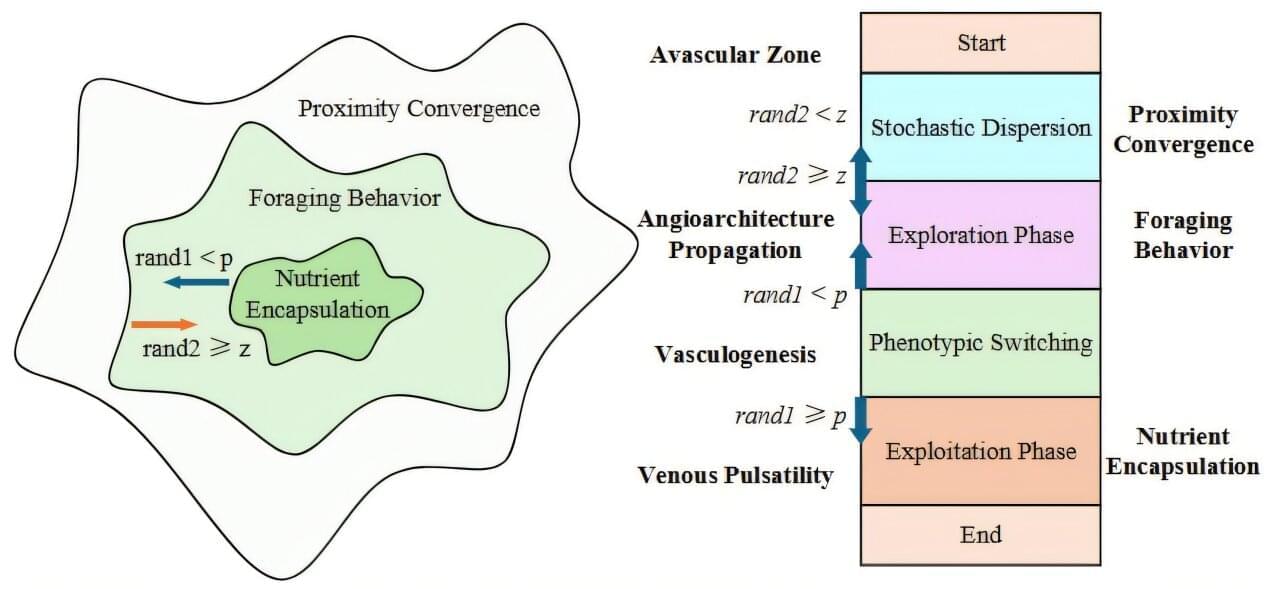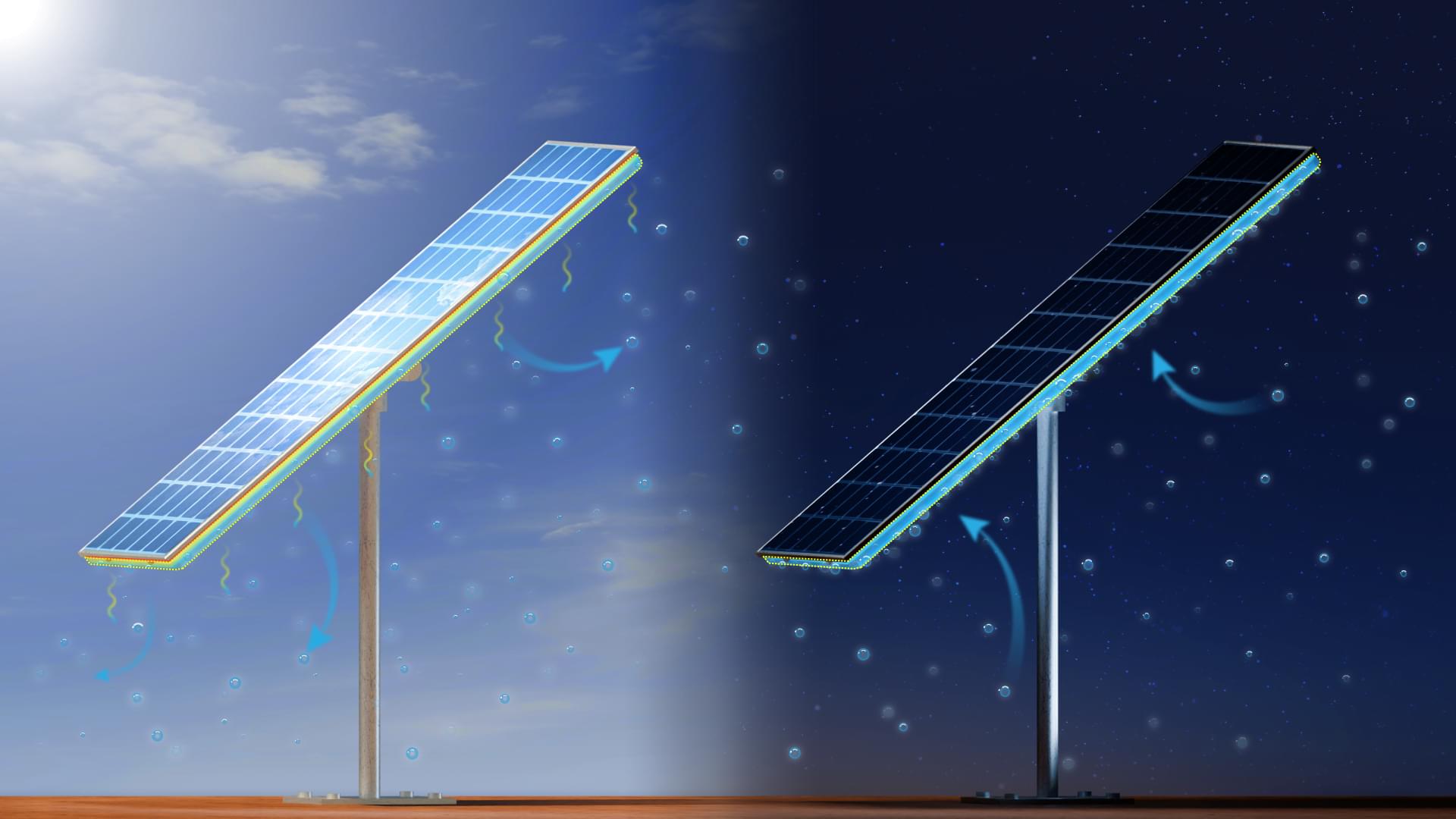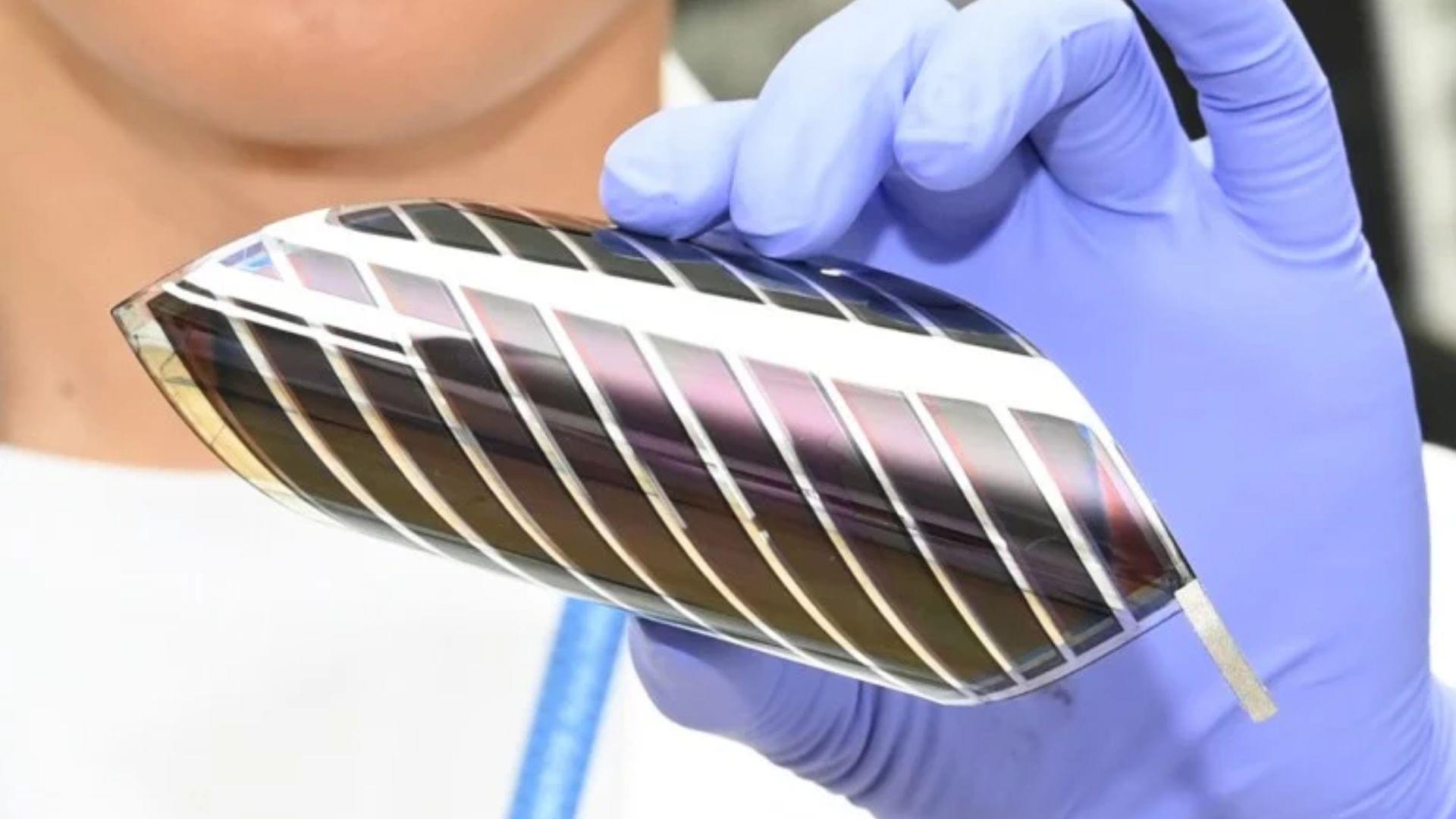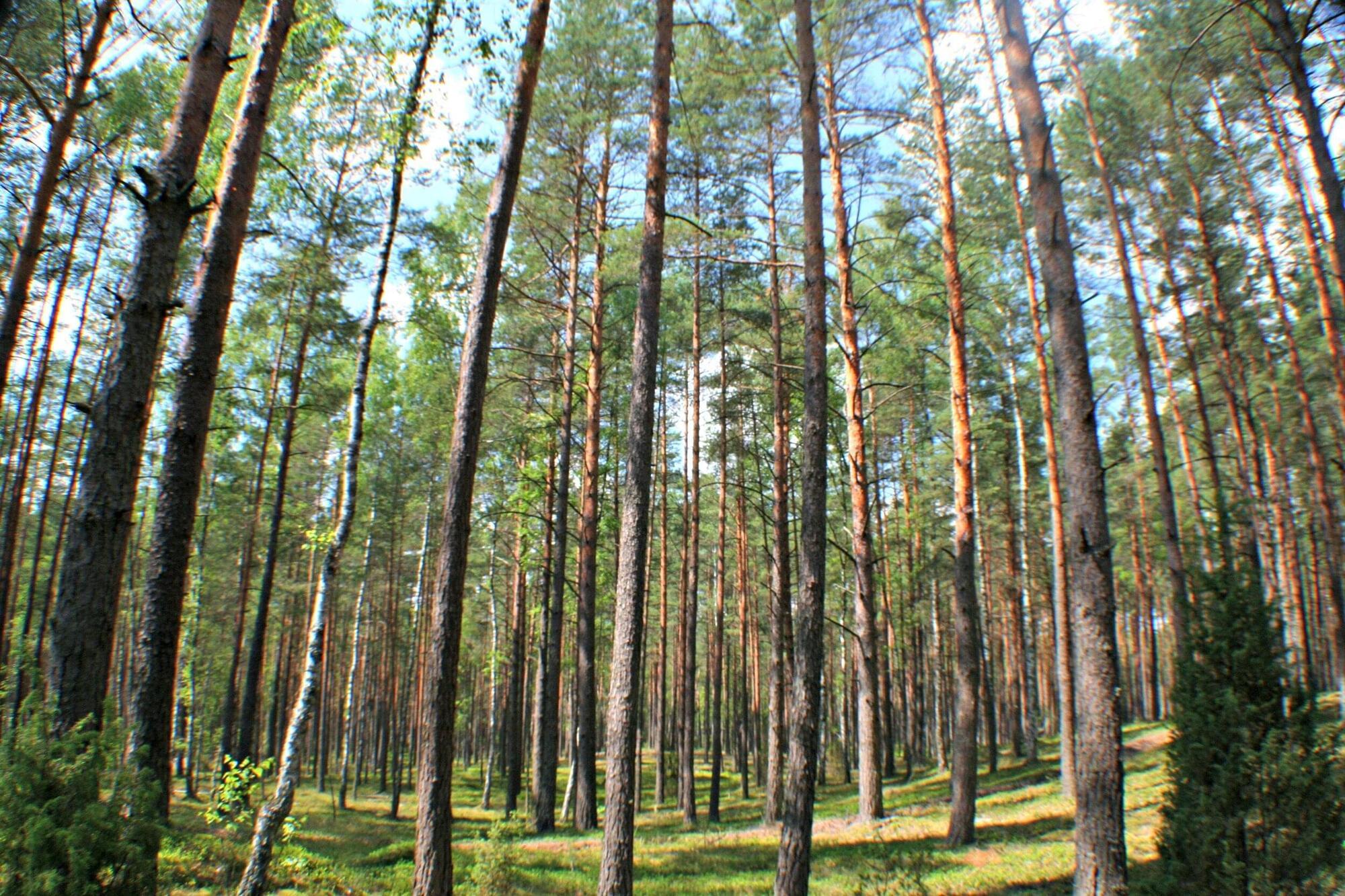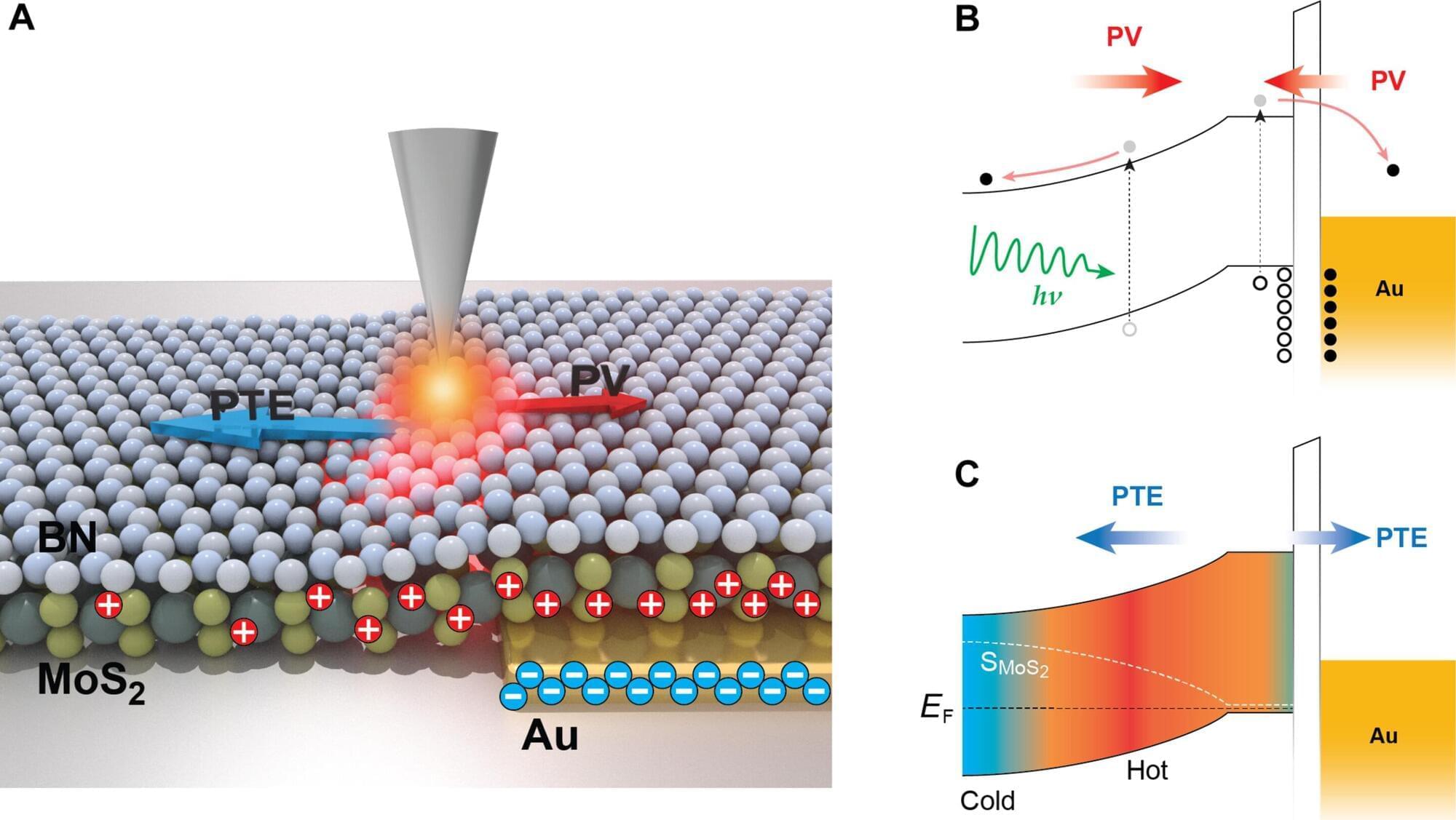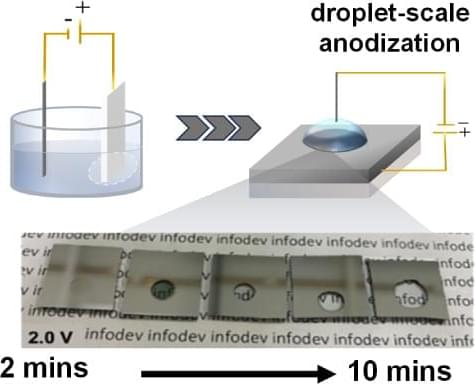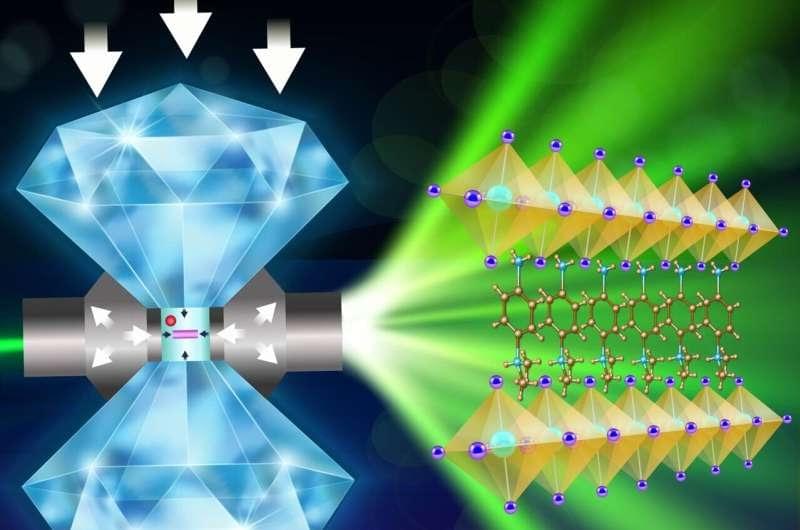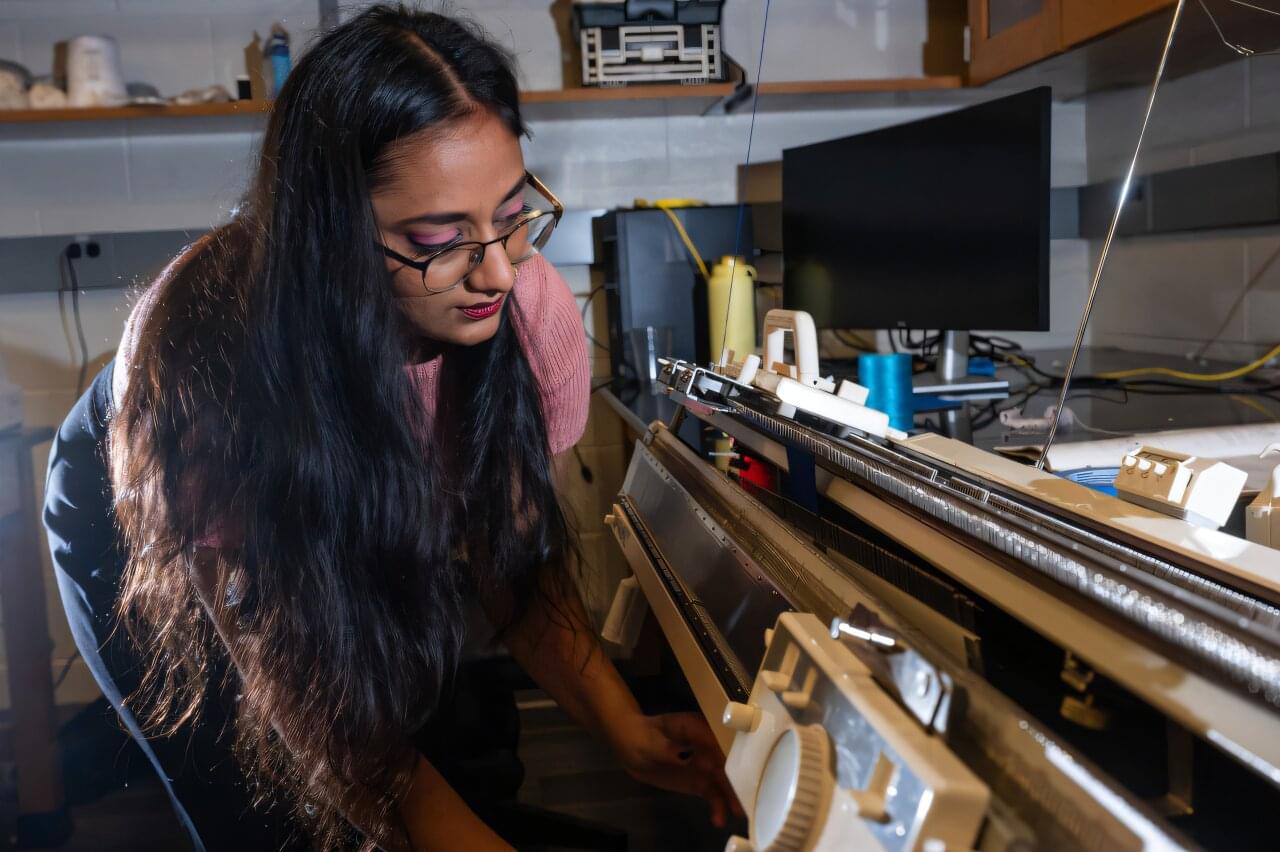As e-commerce platforms grow ever more reliant on cloud computing, efficiency and sustainability have come to the fore as urgent pressures on development. A study published in the International Journal of Reasoning-based Intelligent Systems has introduced an innovative approach to the problem based on a slime mold algorithm (SMA). The work could improve both performance and energy efficiency for e-commerce systems.
At the core of the work is the development of BOSMA—the Balanced Optimization Slime Mold Algorithm. The SMA is a heuristic optimization technique inspired by the natural behavior of slime molds.
Slime molds are useful models for algorithms because they excel at finding efficient paths through complex environments and adapting to changing conditions. Moreover, they do so without any central control system. They can explore their surroundings by sending out multiple tendrils, pseudopodia, in different directions, adjusting their shape and connections in response to feedback such as nutrient availability or obstacles.
